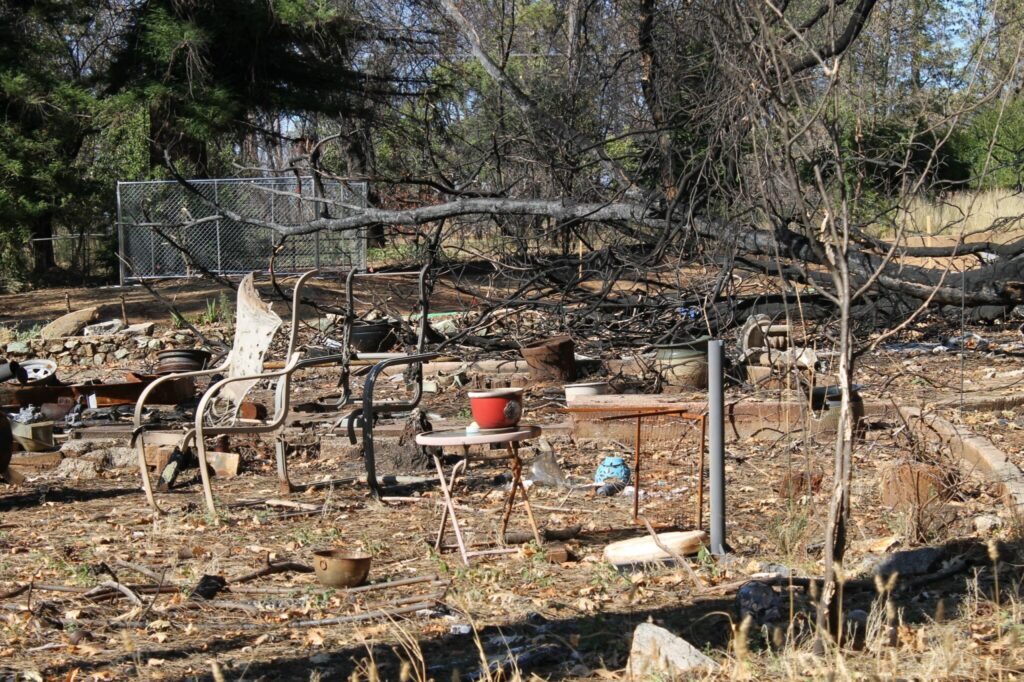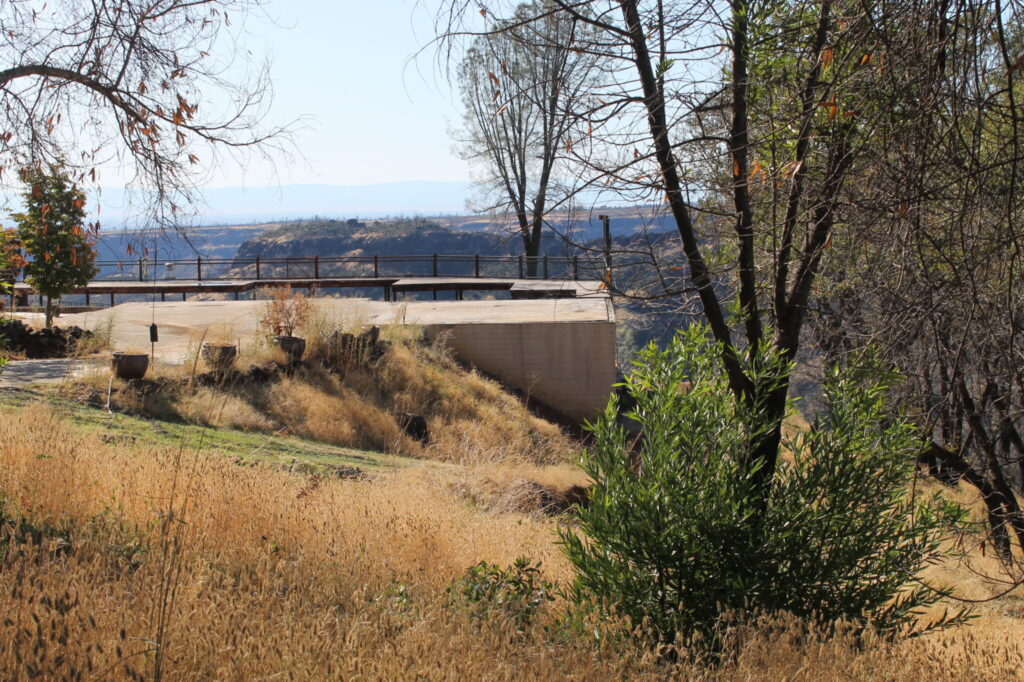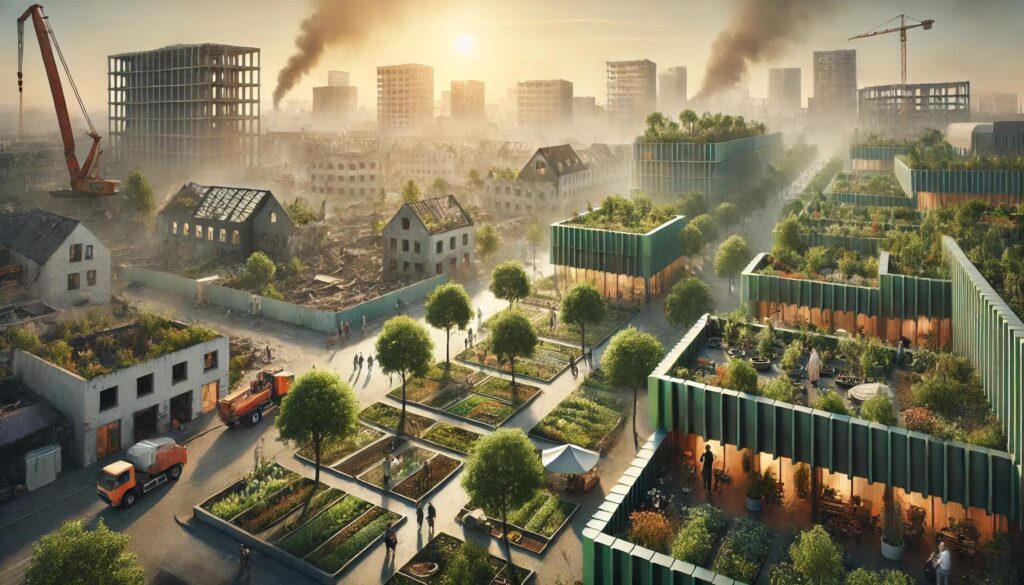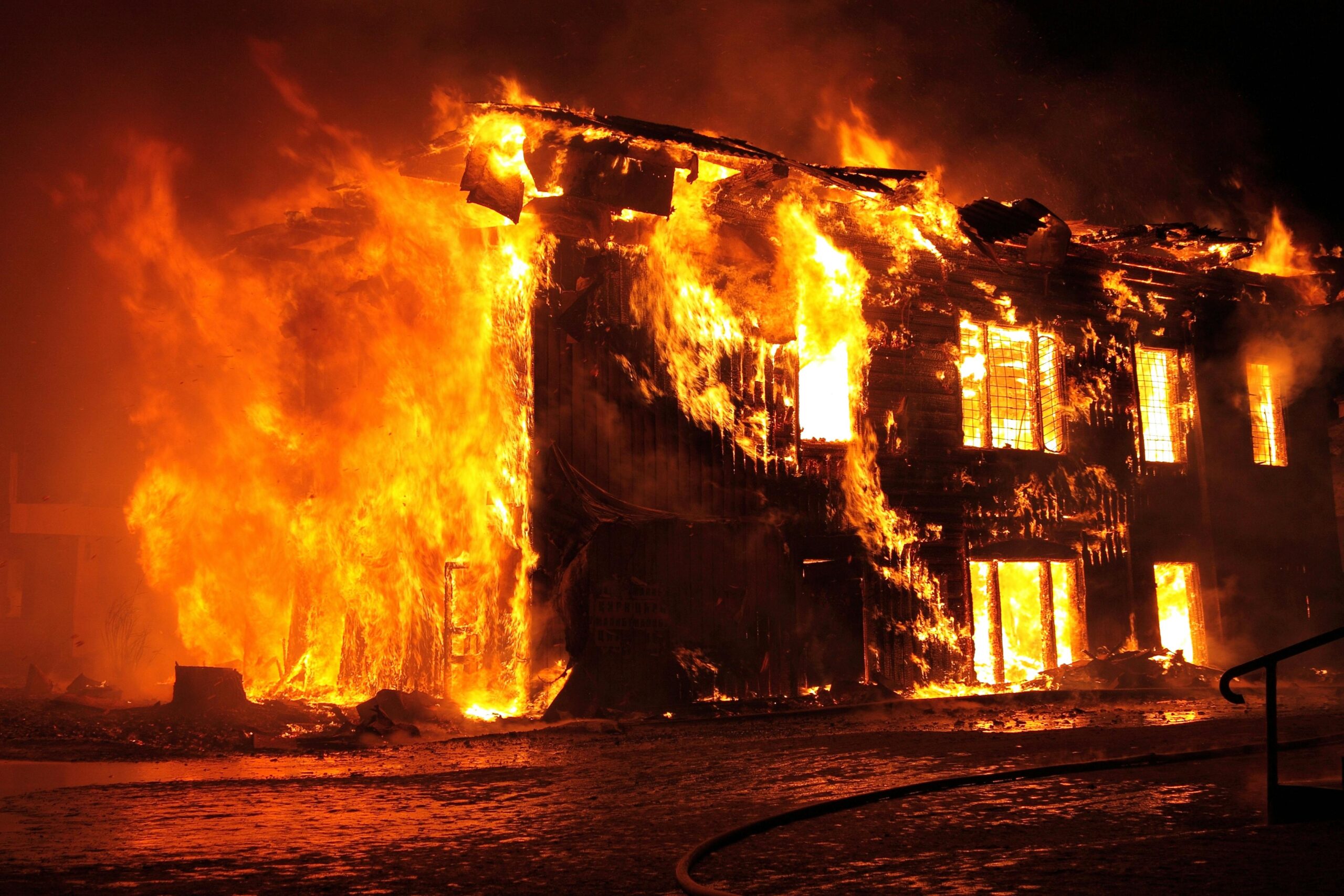You are a courageous reader—I know that. The climate is in crisis, yet here you are, asking how you can adapt to the challenges bearing down on us. I don’t need to explain to you why climate-related disasters are happening more frequently or how unpredictable and devastating their impacts can be. Whether we want it or not, many homes and towns—perhaps even the one you’re in right now—are under threat of destruction.
The number of people internally displaced—forced to leave their homes due to conflict or disaster—has risen by an average of 8.6% annually over the past five years, reaching 75.9 million globally by the end of 20231. Entire communities are being erased, forced to rebuild from the ground up. This staggering reality demands courage—the courage you’ve shown by choosing not to succumb to panic but instead to learn, connect, and imagine a more sustainable, humane future.
We share that courage. In 2018, shortly after moving to Berkeley, California, a wildfire destroyed thousands of homes just three hours away. The Paradise Fire was the most destructive wildfire in California’s history, until the 2025 L.A. fires. As a master’s student, I dedicated my research to understanding how to restore a sense of home and safety for disaster survivors—people living in tents, vehicles, garages, or spare rooms across the nation. Through this journey, I had the privilege of meeting Charles Brooks, founder of Rebuild Paradise, and witnessing the extraordinary resilience of a community committed to affordable, inclusive, and safe rebuilding. Standing amidst their struggle, I realized that after devastation, when faced with the monumental task of starting over, we can collectively choose to create something not only anew but far better than before.
This article is a declaration of courageous rebuilding—a statement of values and principles to guide us toward reimagining the way we rebuild ourselves, our communities, and the places we call home.
It is important to note that disaster reconstruction often begins well after the one-year anniversary of a catastrophic event. While courage may emerge and support people throughout various phases of recovery, it is equally crucial to acknowledge the many other significant emotional states individuals may experience before, during, and after reconstruction—such as confusion, self-preservation, anger, disbelief, altruism, avoidance, grief, fear, hope, frustration, denial, helplessness, anxiety, resilience, numbness, guilt, shock, and acceptance. The U.S. Federal Emergency Management Agency employs a five-phase model of disaster recovery based on the disaster mental health work of Myers and Zunin2, to help us better understand the emotional rollercoaster experienced by victims and to extend empathy toward the immediate needs of those impacted.

Courageous People
Rebuilding begins within. Every external rebuilding effort stems from the relationship we nurture with ourselves. The first courageous step is facing the person in the mirror, diving deep into the heart, and listening softly to the thoughts in our minds.
Believe me, I understand the despair that calamity brings. Courage doesn’t mean minimizing grief to appear strong, though it took me a long time to learn that. It means being willing to take stock of your wounds, anger, fear, and confusion with honesty and care. True courage lies in responding to pain compassionately, tending to it fully, and asking for help when needed. It takes bravery to admit you can’t handle everything alone; work, cook meals, hold space for others, and feel better.
The motto that carried me through my darkest times is simple: “The opposite of stressed is desserts.” (Read stressed right to left—feel free to pass this wisdom along.) Yes, you are absolutely entitled to that extra piece of chocolate cake. Self-love in all its forms is the foundation for rebuilding—not just yourself but everything that comes after.
Courageous Communities
When we hold ourselves with empathy, we are better equipped to extend that same understanding to others. In the aftermath of a disaster, how many of our neighbors, relatives, and friends will be facing unimaginable losses? People don’t need positive affirmations; they want to feel their loss is acknowledged—whether through words, a meal, a hand squeeze, or the respectful gift of silence.
Rebuilding isn’t just about brick and mortar; it’s about people. Disasters provide opportunities to expand our circles, to learn about others’ needs and experiences, and to begin addressing the ways their cities, streets, and homes have either supported or failed them. This requires courage—that of stepping out of our comfort zones and into the shoes of someone radically different from ourselves.
Rebuilding demands emotional gymnastics: kindness for the elderly neighbor struggling with paperwork, empathy for a mother with a child excluded from the community, and advocacy for homeowners whose lives are upended by poor urban planning. Rebuilding asks us to extend care and connection, the very bonds that hold communities together.

Courageous Leaders
It is incredibly difficult to do any of this without hope. In the times of climate displacement and disaster, leaders hold our visions for healthier futures, and plant the seeds of change, even amid chaos. But how does one become a courageous leader in times of disaster? Honestly, it feels like an impossible task.
I can only reflect with admiration on the change-makers who have inspired me. They led with humbling kindness, and looked beyond immediate obstacles. True leadership to me means working upstream, addressing the root causes of systemic challenges, and paving smoother paths for future generations.
Could our leaders see opportunities to rebuild neighborhoods or towns into something better than what was lost? Healthier, more sustainable places designed for pedestrians and fostering diverse, inclusive communities? Leadership rooted in foresight can guide us toward such transformative possibilities.
Courageous Design
This is where design comes in. Many cities today perpetuate division, loneliness, loitering, crime, disconnection from nature, overuse of resources, inefficient recycling, reliance on vehicles, weak neighborhood economies, and a lack of leisure spaces, art, or educational opportunities. They promote gentrification, diminish community ties, and reflect systemic inequalities. Yet, these cities were once designed by people, which means they can be redesigned.
Rebuilding courageously requires confronting these flaws, addressing what causes harm, and reimagining cities to be healthier, more inclusive, and better connected. Disasters, devastating as they are, offer rare opportunities to reshape our communities into thriving environments that reflect the values we want to live by— better ones.

Conscious Design
Conscious Design is a framework I wholeheartedly stand behind. At its core, it embodies three fundamental principles: collaboration, awareness, and responsiveness.
Collaboration: Places are imagined, built and stewarded collectively, shaped by those who will use and cherish them. Resilient and meaningful spaces result from this shared vision and action.
Awareness: Designers research every relationship a space holds: its connection to its social and historical context, its harmony with the natural environment, and its ability to foster socio-emotional well-being. This principle emphasizes the importance of observing and strengthening these relationships over time.
Responsiveness: Design adapts to the evolving needs of their aware and cohesive communities. Transformation is shaped not by external forces, but by the very people who live and grow within them.
Courageous Rebuilding
Courageous rebuilding starts with embracing grief and pain with self-compassion, extending kindness and empathy to others, and envisioning communities that serve everyone. It calls for leadership with foresight, design with collaboration, and the unwavering belief that we can create something better than before: spaces that nurture humanity, foster resilience, and meet the challenges of our time.
You, courageous reader, are part of this movement. Disasters may destroy, but they also offer the chance to reflect, rethink, and rebuild—not just structures, but the very systems that define us. Let’s prioritize what’s right, not what’s easy. Let’s be courageous.
References
1 IDMC Global report on internal displacement 2024
2 Myers D and Zunin L. “Phases of disaster”. In DeWolfe D (Ed.). Training Manual for Mental Health and Human Service Workers in Major Disasters. US Government Printing Office, Washington, DC (2000).



